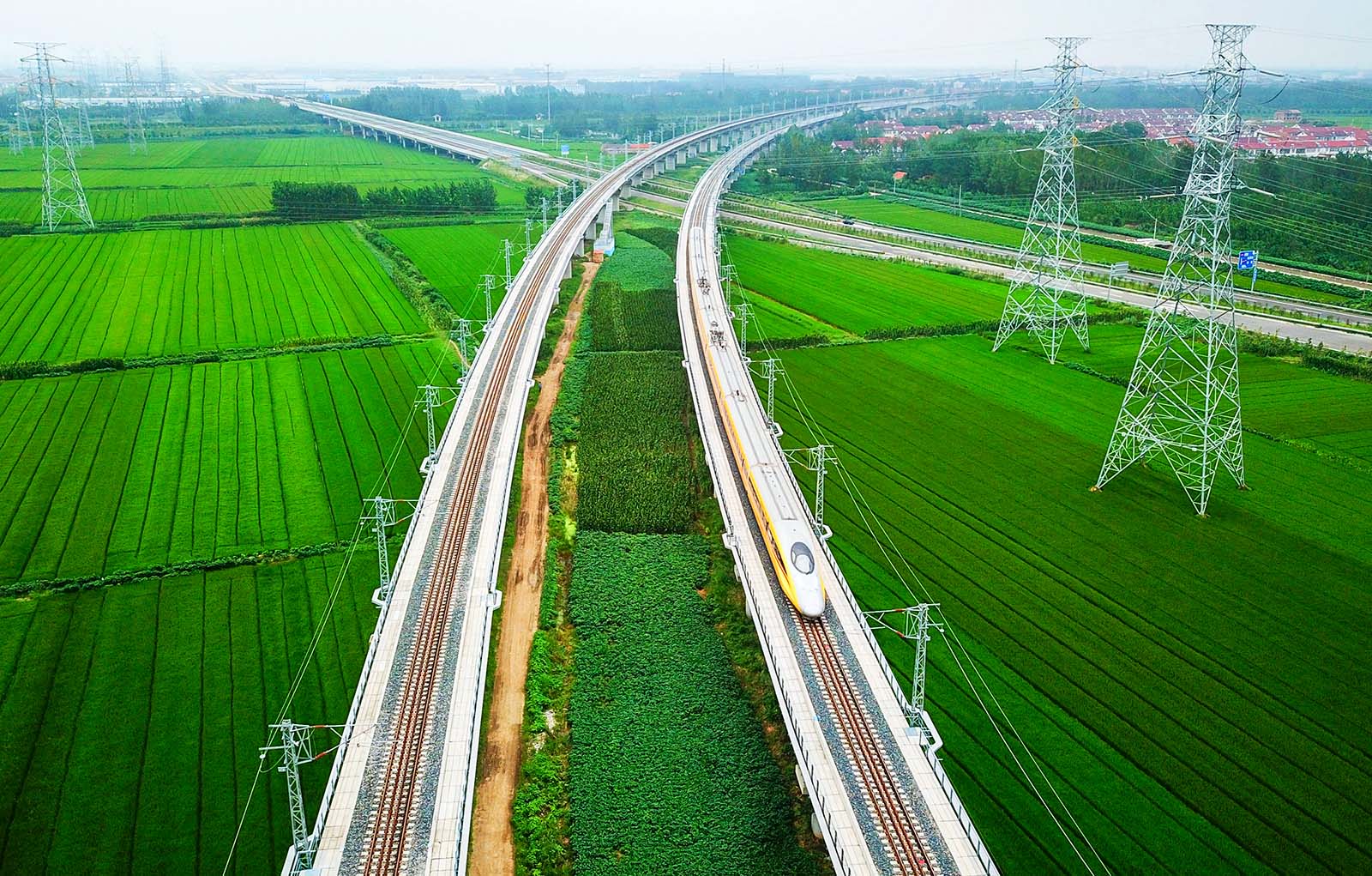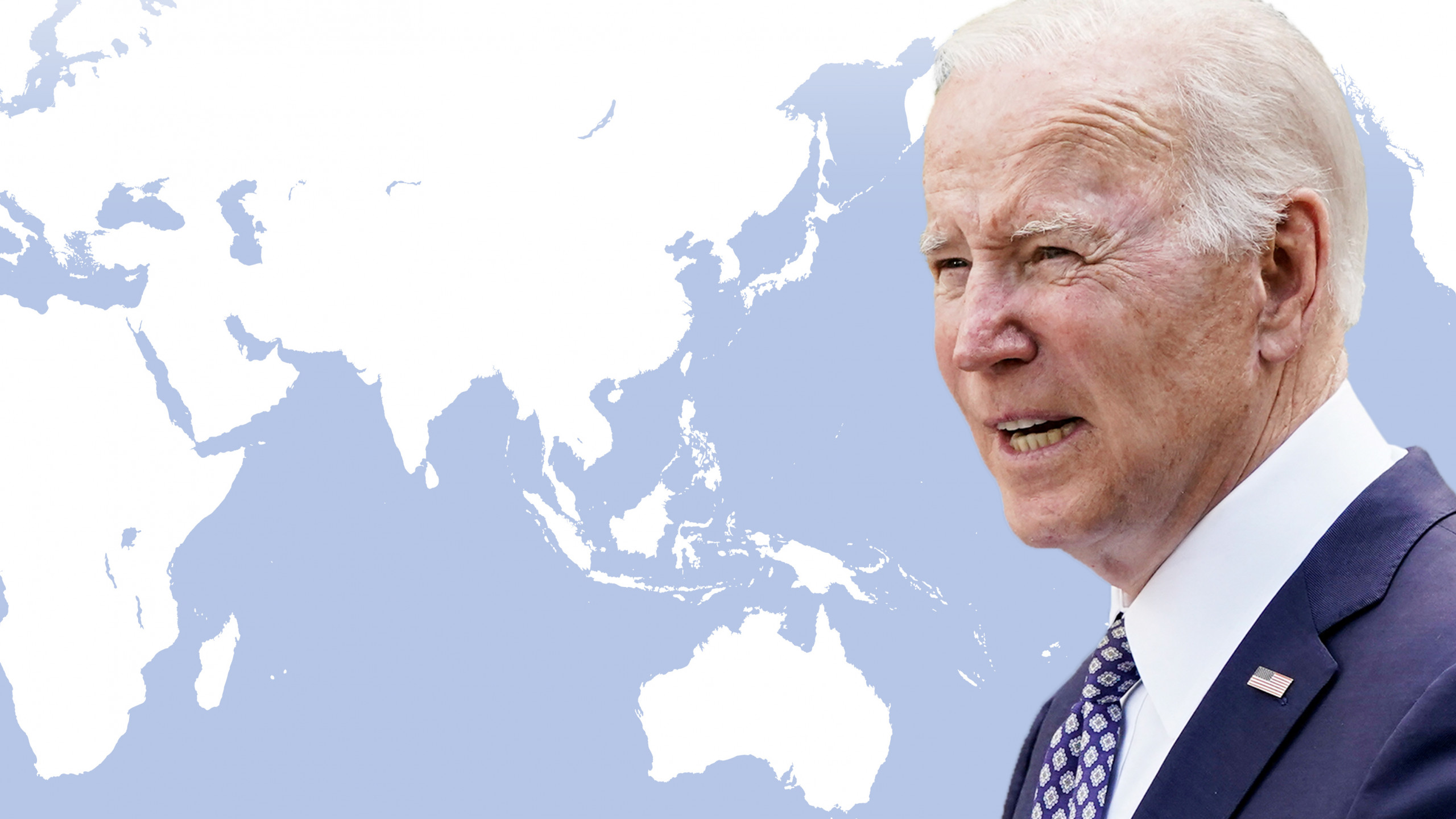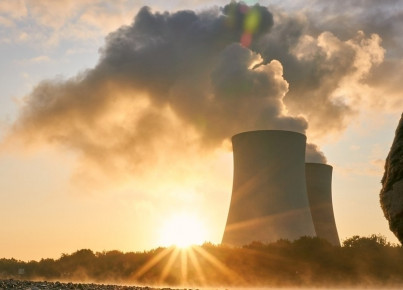The scale of projects will require not only government support, but also private sector support, as well as bilateral and multilateral funding
Infrastructure upgrading is at the top of the 2022 agenda for Southeast Asia and South Asia. The urgency starts with a basic fact: from 2020 to 2040, one-third of the world's population growth will come from the young economies of South Asia and Southeast Asia, namely India, Pakistan, Bangladesh, Indonesia, Malaysia, the Philippines, and Vietnam. United Nations projections also estimate a net development of urbanization, with some 462 million people moving to cities by 2040, or a 52 percent increase in the urban population, on top of the current 895 million. These phenomena will undoubtedly put great pressure on existing infrastructure, requiring greater investment to maintain not only existing demand but especially future demand.
The largest infrastructure gap is in India, followed by Pakistan and Bangladesh. In Southeast Asia, it is the Philippines and Indonesia that have the largest infrastructure gaps to fill, especially road infrastructure. However, India maintains the lead in the quantity of roads built, but it is the quality of the expressways that is of concern. Vietnam has also invested heavily in the construction of expressways, markedly improving the infrastructure system. The Philippines is focusing investment on air transport, which is critical for domestic mobility, trade, and tourism. Pakistan is the country lagging furthest behind in investment in air infrastructure. In contrast, rail infrastructure receives little investment in both South Asia and Southeast Asia, with the exception of Malaysia and Indonesia.
The infrastructure gap is thus at the center of the political agendas of these countries, many of which have already devised policy support and government investments to address the problem. The Indian government has announced PM Gati Shakti worth $1.3 trillion to upgrade national infrastructure over the next 25 years and attract Foreign Direct Investment. In support of this long-term national plan-in the fiscal year 2023 budget-India has called for a 35.4 percent increase in investment, placing infrastructure construction, particularly highways, railways, and logistics, at the center of its economic development agenda, with figures significantly higher than previous budgets. Spending plans include the construction of 25,000 km of new highways and 100 new freight terminals in three years. Sectors such as water and power are also receiving proper attention.
In Southeast Asia, Indonesia aims to invest $400 billion by 2020 and 2024 to improve airports, electricity, and mass transit. Vietnam is continuing its feverish infrastructure development to increase its competitiveness. Major projects include the construction of more than 5,000 km of expressways by 2030; 172 national highway routes with a total length of 29,795 km; three urban ring roads in Hanoi with a total length of 425 km; and two more in Ho Chi Minh City with a total length of 295 km.
Pakistan, with the second largest demand gap, has found support in its alliance with China-through the China-Pakistan Economic Corridor (CPEC)-to improve its infrastructure. Bangladesh has also introduced the Delta Plan 2100 to implement 65 infrastructure projects.
Funding is the crux of these countries' infrastructure plans. The scale of the projects will require not only government support but also private sector support, as well as bilateral and multilateral funding. This issue is particularly felt by India, the Philippines, and Indonesia.
India aims to issue green bonds to support the construction of climate-friendly infrastructure, including as a financing vehicle for sustainable development. In 2021, India issued $6.8 billion in green bonds, compared to China's $66.1 billion. Southeast Asian nations are also turning to green bond issuance to support infrastructure ambitions. The Philippines, for example, is considering issuing sovereign green bonds to help private funds assess sustainable infrastructure investment needs in the archipelagos.
Reducing the infrastructure gap is an urgent goal for these countries. With increased awareness and priority secured, 2022 will mark the tipping point for improving connectivity, and thus the productivity and trade competitiveness of these economies that are strategic to international balances.






